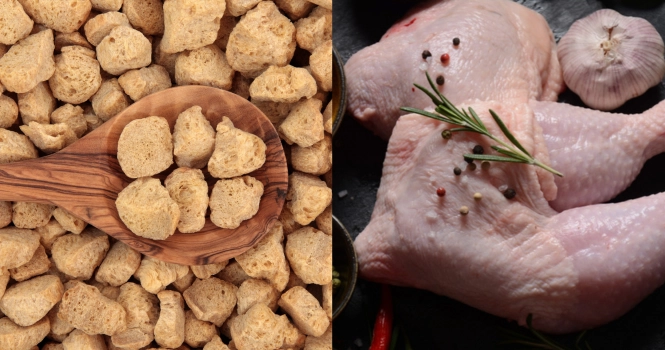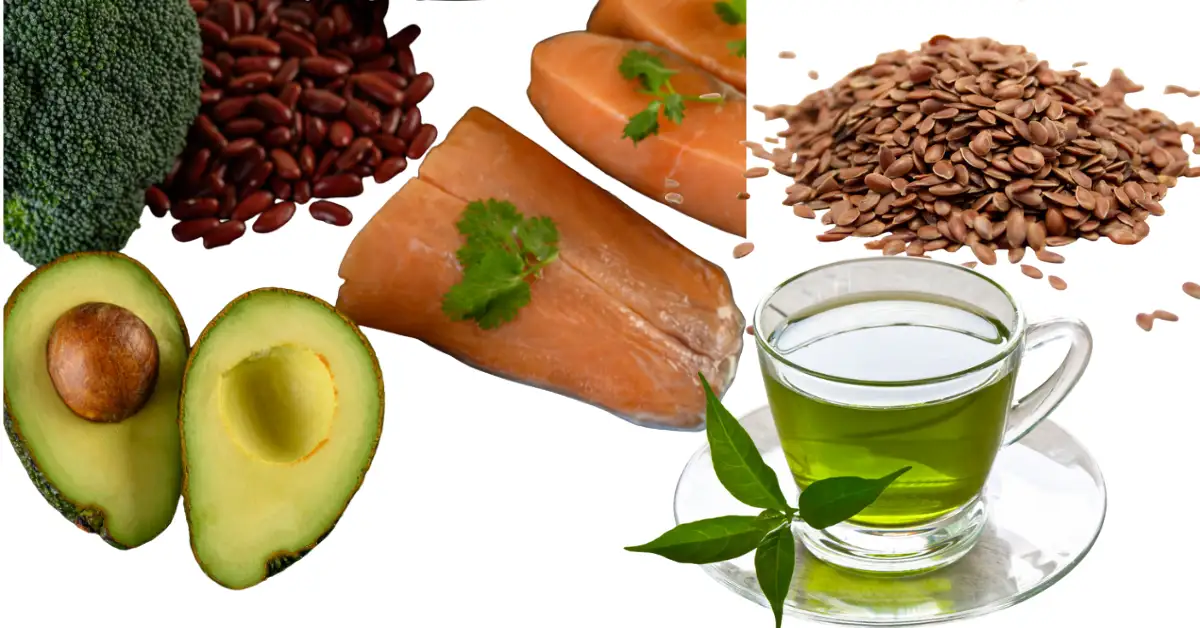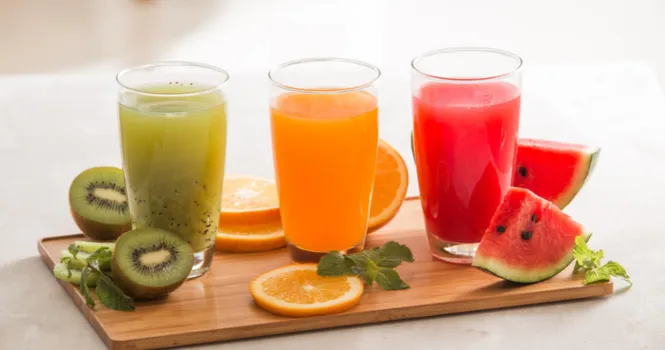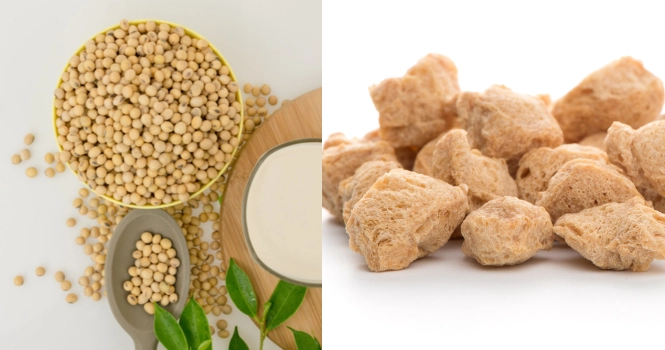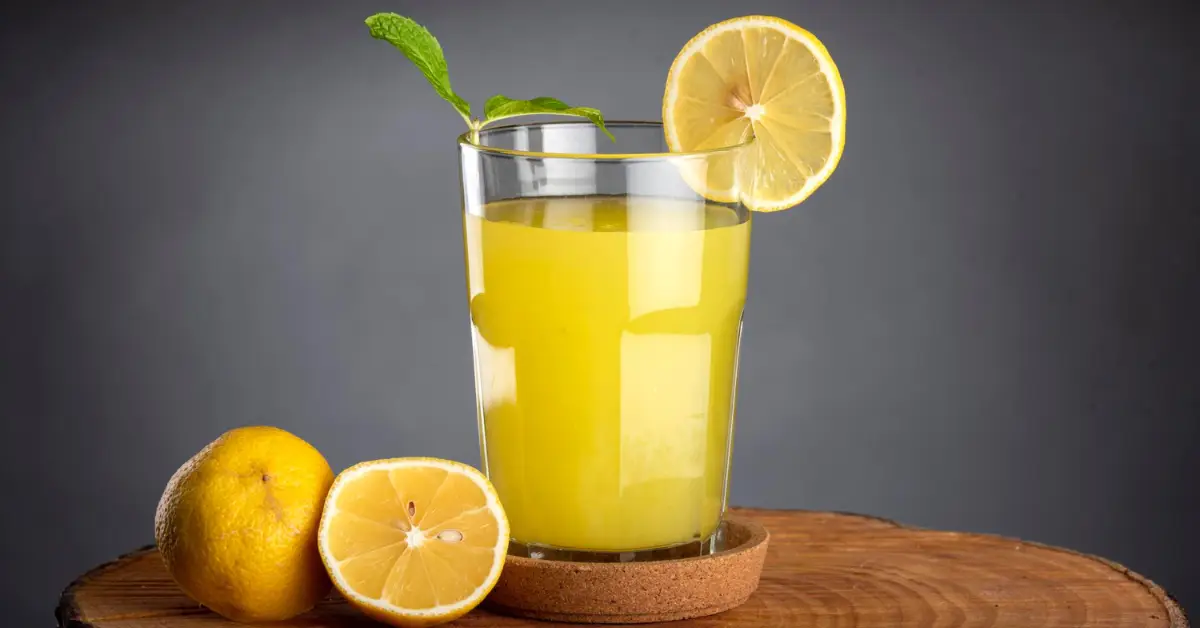Understanding the Caloric Content in Different Types of Dosa
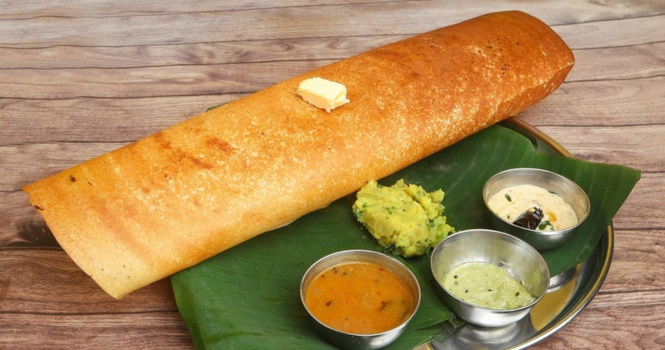
Calories in Dosa are a topic of interest for many health-conscious individuals and food enthusiasts. This staple South Indian dish, known for its crisp texture and unique taste, varies in caloric content based on its ingredients and preparation style.
Understanding the nutritional profile of dosa can help you make informed dietary choices, especially if you’re balancing traditional cuisine with a health-conscious lifestyle.
Interestingly, dosa often finds its place in discussions alongside another popular South Indian delicacy – Idli. To compare, you might want to read about the calories in Idli, which we have explored in another article.
As we delve deeper into the caloric content of dosa, we’ll uncover the factors that contribute to its nutritional value, offering insights for those aiming to enjoy this delicious dish mindfully.
Basic ingredients used for making Dosa
The basic ingredients for making dosa are:
1. Dosa Rice: Typically parboiled rice or white rice.
2. Urad Dal (Black Gram): Split black lentils without the skin.
3. Fenugreek Seeds (Methi): Used in small quantities.
4. Water: For soaking and grinding.
5. Salt: For taste and aiding fermentation.
6. Oil or Ghee: For cooking the dosa.
With the above ingredients in mind, the calories in different Dosa which are given below are approximate and depend on the recipes, cooking method and the accompaniment used.

Calories in Dosa with Accompaniments
| Type of Dosa | Serving Size | Calories (approx.) |
| Dosa (for 1) | 1 dosa | 120 |
| Dosa (for 2) | 2 dosas | 240 |
| Dosa (for 3) | 3 dosas | 360 |
| Dosa (for 4) | 4 dosas | 480 |
| Dosa (for 5) | 5 dosas | 600 |
| Masala Dosa ( for 1) | 1 dosa | 250 |
| Masala Dosa (homemade) | 1 dosa | 200 |
| Dosa with Sambar and Chutney (generic, for 1) | 1 dosa | 350 |
| Dosa with Sambar and Chutney (for 2 dosas) | 2 dosas | 700 |
| Dosa with Sambar and Chutney (for 3 dosas) | 3 dosas | 1050 |
Calories in Different Varieties of Dosa
| Type of Dosa | Serving Size | Calories (approx.) |
| Onion Dosa | 1 dosa | 150 |
| Onion Rava Dosa | 1 dosa | 170 |
| Set Dosa | 1 dosa | 200 |
| Egg Dosa | 1 dosa | 180 |
| Millet Dosa | 1 dosa | 130 |
| Plain Dosa with Oil and Chutney | 1 dosa | 220 |
| Small Dosa | 1 dosa | 100 |
| Aloo Dosa | 1 dosa | 190 |
| Butter Dosa | 1 dosa | 250 |
| Ghee Masala Dosa | 1 dosa | 300 |
| Dosa Batter (100g) | 100g | 160 |
| Homemade Dosa with Oil | 1 dosa | 210 |
| Plain Dosa without Oil | 1 dosa | 130 |
| Masala Dosa with Sambar | 1 dosa | 280 |
| Set Dosa (one) | 1 dosa | 200 |
| Masala Dosa with Coconut Chutney | 1 dosa | 260 |
| Ghee Roast Dosa | 1 dosa | 320 |
| Rice Dosa with Oil | 1 dosa | 210 |
| Oats Dosa | 1 dosa | 140 |
| Rava Dosa | 1 dosa | 190 |
| Sada Dosa | 1 dosa | 110 |
| Rava Masala Dosa | 1 dosa | 200 |
| Dosa with Oil (for one dosa) | 1 dosa | 180 |
| Rice Dosa | 1 dosa | 160 |
| Dosa Masala | – | 50 |
| Paneer Dosa | 1 dosa | 220 |
Frequently Asked Questions
How many calories does 1 dosa have?
The calorie content in one dosa can vary significantly depending on the type and ingredients used. For example, a plain dosa might contain around 120-150 calories, while more elaborate versions like masala dosa or ghee dosa can have higher calorie counts. It’s essential to consider the type of dosa and its preparation method for an accurate calorie estimate.
Is it OK to eat dosa for weight loss?
Dosa can be a part of a weight loss diet if consumed mindfully.
Being primarily made of rice and lentils, it provides a good balance of carbohydrates and protein.
Opting for dosas made with less oil and avoiding high-calorie fillings can make them more suitable for weight loss. Pairing dosa with nutrient-rich sides like sambhar or chutney can also help in maintaining a balanced diet.
How many calories are there in 2 masala dosa?
Two servings of masala dosa generally contain more calories compared to plain dosa due to the potato filling and the amount of oil used in preparation.
Approximately, two masala dosas can contain around 500 calories, but this number can vary based on the size and specific recipe used.
Is dosa healthier than roti?
Both dosa and roti have their nutritional benefits and can be part of a healthy diet. Roti, usually made from whole wheat, is high in fiber and lower in calories compared to a dosa, making it a healthier option for those on a calorie-restricted diet.
However, dosa provides a good mix of carbohydrates and protein. The choice between dosa and roti should be based on your dietary needs, portion control, and overall eating habits.
Can I eat 2 dosa during weight loss?
Yes, you can include 2 dosas in a weight loss diet, but it’s important to be mindful of how they are prepared. Opt for dosas made with less oil and avoid high-calorie fillings. Portion control and the overall balance of your diet throughout the day are key. Including a protein-rich side dish and plenty of vegetables can help in creating a more balanced meal.
Is plain dosa junk food?
Plain dosa is not typically considered junk food. It is made from rice and lentils, providing a source of carbohydrates and protein.
However, like any food, the nutritional value can be influenced by the cooking method and what it’s served with. Dosas cooked with excessive oil or served with high-calorie accompaniments might not be the healthiest choice.
Is poha better than dosa?
Both poha and dosa have their unique nutritional benefits. Poha, made from flattened rice, is light and easy to digest and can be a good source of carbohydrates and iron, especially when vegetables are added.
Dosa, on the other hand, offers a combination of carbs and protein. The choice between poha and dosa depends on individual dietary preferences, nutritional needs, and how they are prepared.
Can I eat dosa everyday?
You can eat dosa every day as part of a balanced diet. The key is variety and moderation. Ensure your diet also includes other sources of proteins, fats, and fiber, and be mindful of the amount of oil used in cooking.
Including different types of dosa and varying the accompaniments can help maintain nutritional balance.
Is dosa a cheat meal?
Dosa does not necessarily have to be a cheat meal. If prepared in a healthy way (with minimal oil and healthy fillings), it can be included in a regular diet.
However, richer versions like masala dosa or ghee dosa, especially when eaten in larger portions, might be considered indulgent and can be part of a cheat meal.



